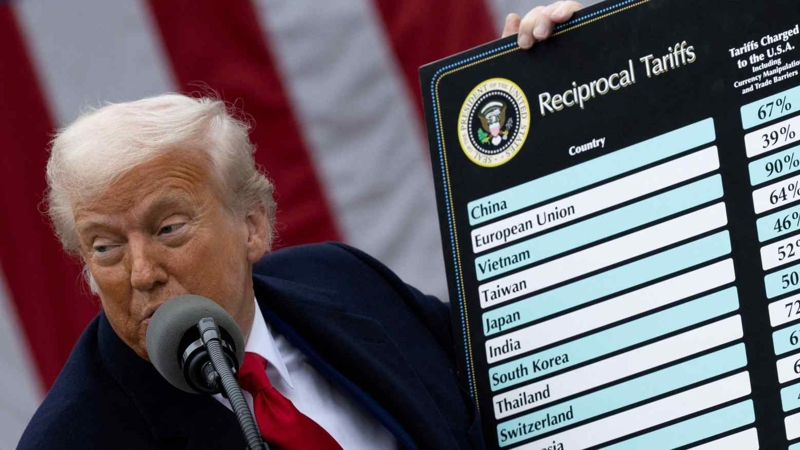U.S. Delays Retaliatory Tariff Deadline to August 1, Major Trade Deals to Be Announced Soon

On July 6th, U.S. President Donald Trump announced that Washington is set to finalize several major trade agreements in the coming days. For countries that have not yet reached an agreement with the U.S., the government will announce new high-level retaliatory tariffs on July 9th, which will officially take effect on August 1st.
Commerce Secretary Howard Lutnick confirmed that these high tariffs would come into force on August 1, with final decisions on rates and trade terms to be made by President Trump himself.
Back on April 2, President Trump unveiled a baseline retaliatory tariff of 10% for most countries, with higher rates ranging from 11% to 50% applied to approximately 60 nations and territories. These elevated tariffs were initially postponed to July 9, and now face a further three-week extension.
Speaking to CNN on July 6, U.S. Treasury Secretary Scott Bessent revealed that several significant trade deals would be announced soon. He emphasized that negotiations with the European Union were progressing positively. Meanwhile, the U.S. plans to send formal letters to around 100 smaller trade partners who have not yet come to terms, warning that they may face higher tariffs than those announced on April 2.
“President Trump will notify some partners that if no action is taken, the April 2 tariffs will return starting August 1. We expect a number of deals to be concluded quickly,” said Bessent.
Since beginning his second term, President Trump has taken an aggressive stance on trade, launching a global tariff campaign that has disrupted financial markets and forced nations to accelerate negotiations with the U.S. and other major partners.
In an interview with CBS’s Face the Nation, Kevin Hassett, head of the National Economic Council, stated that Washington remains open to serious negotiations and hinted that some deadlines could be pushed back — though the final decision lies with President Trump.
Stephen Miran, Chair of the White House Council of Economic Advisers, added that countries must make concessions to avoid higher tariffs.
“We’re hearing positive updates on U.S.-EU and U.S.-India talks,” Miran told ABC News. “Many nations are expected to make concessions.”
Bessent also noted that the administration has focused its efforts on 18 key partners that account for 95% of the U.S. trade deficit, although some trade agreements have faced delays.
President Trump recently expressed optimism about a potential deal with India, while still harboring doubts about reaching an agreement with Japan.
Meanwhile, Thailand, which is facing a retaliatory tariff of 36%, has proposed greater market access for U.S. agricultural and industrial goods, and committed to purchasing more energy products and Boeing aircraft in hopes of reaching a quick deal with Washington. These statements were made by Thai Finance Minister Pichai Chunhavajira in an interview with Bloomberg on July 6.
According to CNBC-TV18, a final decision on a narrower U.S.-India trade deal could be made within 24 to 48 hours, with a proposed average tariff rate of 10% on Indian goods entering the U.S.
Hassett also mentioned that recent framework agreements with the U.K. and Vietnam serve as models for countries looking to finalize trade deals with the United States.
